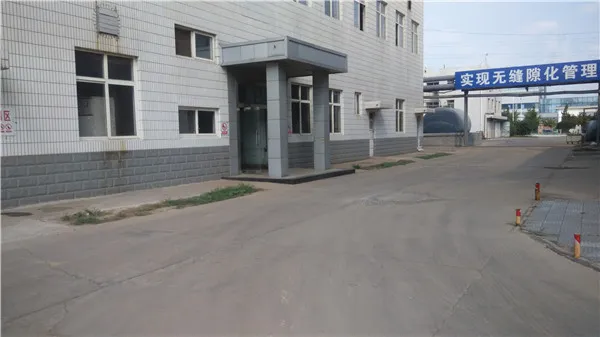Plastic compounding is a vital process in the production of plastic materials, involving the blending of various raw polymers with additives to achieve desired properties and functionalities. Additives play a crucial role in enhancing the performance of plastics, enabling manufacturers to tailor materials for specific applications. This article delves into the world of plastic compounding additives, outlining their types, functions, and significance in the industry.
Additives used in plastic compounding can be broadly categorized into several types, each serving a unique purpose. Stabilizers are essential for protecting plastic from degradation due to heat, light, and oxygen exposure. They enhance the longevity of the material, ensuring that it maintains its mechanical and aesthetic properties over time. Plasticizers, on the other hand, are added to improve the flexibility and workability of rigid plastics. By reducing the glass transition temperature, they make plastics more pliable, which is crucial for applications such as cables, films, and medical devices.
Another important category of additives is fillers, which are incorporated to enhance the strength, durability, and thermal resistance of plastics. Common fillers include talc, calcium carbonate, and glass fibers, all contributing to lower production costs while improving the material's performance characteristics. Additionally, flame retardants are vital for ensuring safety, particularly in products used in construction, electronics, and transport. These additives reduce the flammability of plastics, helping to prevent the spread of fire and increase the safety of various applications.
plastic compounding additives

Colorants are essential for aesthetics and branding. They allow manufacturers to achieve a range of colors and finishes, making products visually appealing. Furthermore, antimicrobial agents are increasingly being incorporated into plastic formulations, especially for consumer goods and medical applications. These additives inhibit the growth of bacteria, fungi, and other microorganisms, enhancing the hygienic properties of plastic products.
The significance of plastic compounding additives extends beyond improving the physical properties of plastics. They also contribute to sustainability efforts within the industry. By enabling the recycling of plastics and enhancing the performance of biodegradable materials, additives can support a circular economy, reducing environmental impact.
In conclusion, plastic compounding additives are indispensable for the production of high-quality plastics with tailored properties. From stabilizers and plasticizers to fillers and flame retardants, these additives not only enhance performance but also improve safety and sustainability. As the demand for specialized plastic materials continues to grow, the role of additives in compounding processes will remain crucial in driving innovation and meeting the diverse needs of various industries.

